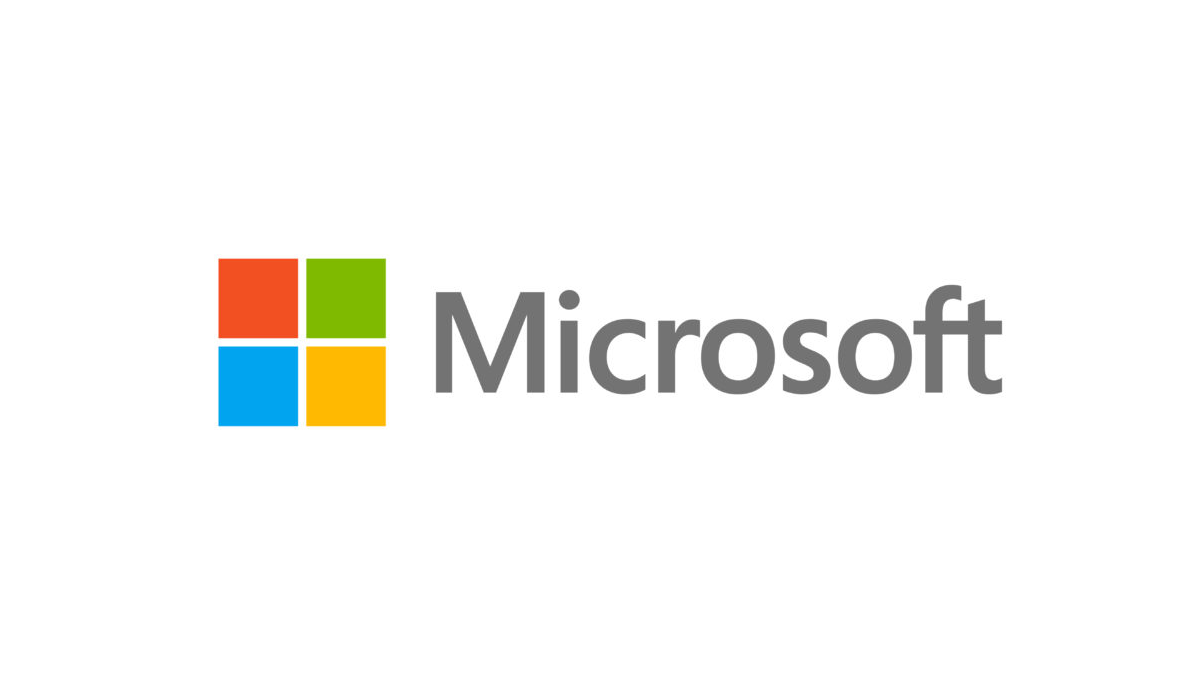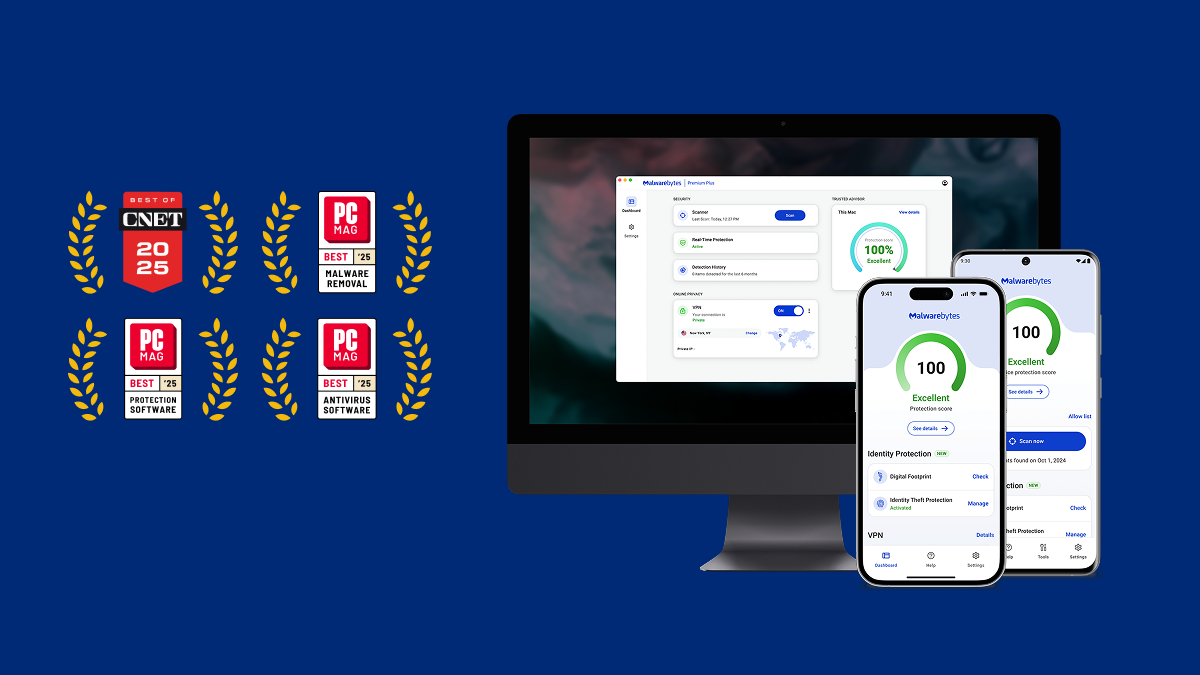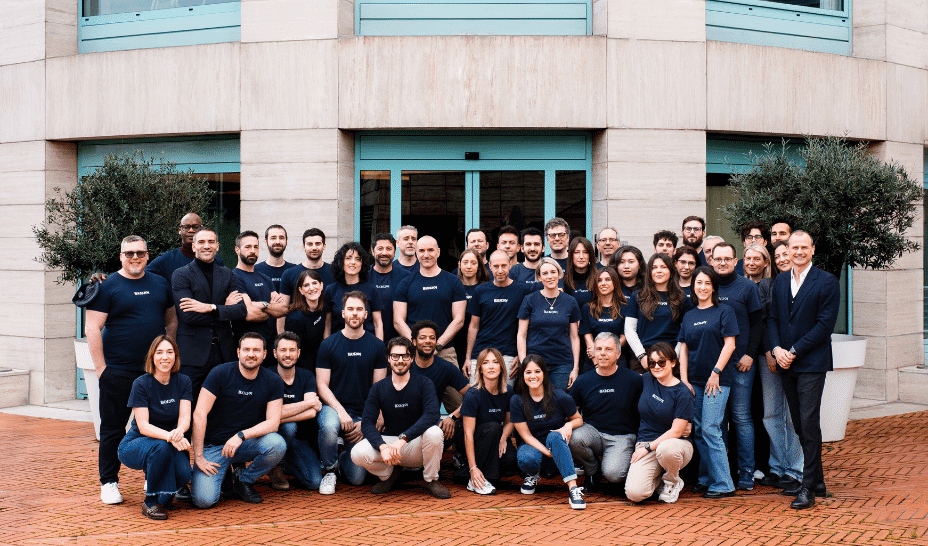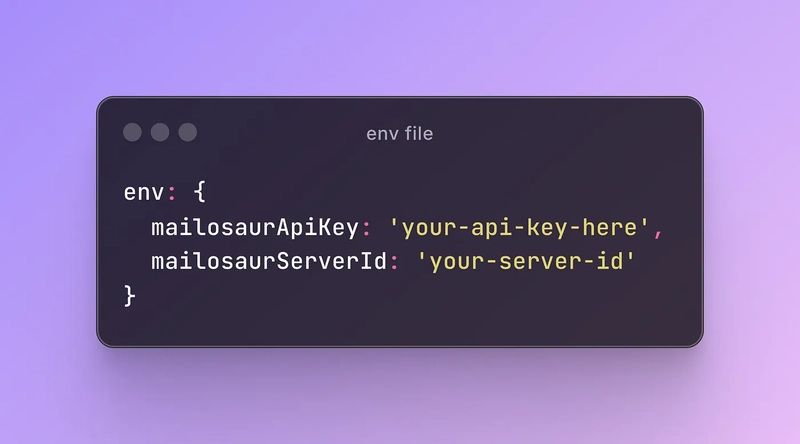Exploring IaaS, PaaS, and SaaS in Cloud Computing: A Comprehensive Guide
Introduction to Cloud Computing Models Cloud computing has revolutionized how businesses and developers interact with technology, offering scalable, on-demand access to computing resources. As more companies shift from traditional infrastructure to the cloud, understanding the different service models becomes essential. In this article, we’ll explore three of the most popular cloud computing service models—IaaS, PaaS, and SaaS—and how they cater to diverse business needs. Each of these service models offers varying levels of control and responsibility between the cloud provider and the user. Whether you're a developer looking to create custom applications, a business seeking to minimize infrastructure management, or a company in need of software solutions, these models will offer unique advantages tailored to different use cases. Let’s dive deeper into each of these cloud computing models to understand their distinctions, advantages, and best-use scenarios. What is IaaS (Infrastructure as a Service)? Infrastructure as a Service (IaaS) is the foundational layer of cloud computing that provides users with essential computing resources, including virtualized hardware, storage, networking, and other infrastructure components. With IaaS, businesses can build their infrastructure without having to invest in physical hardware. They can access computing resources on-demand and pay only for what they use, significantly reducing upfront costs. The most significant advantage of IaaS is flexibility. Businesses can choose the operating systems, software, and applications they want to run, allowing for a tailored IT environment. Moreover, IaaS eliminates the need to maintain physical servers, as the cloud provider takes care of the underlying infrastructure, including hardware maintenance and scalability. Cloud providers like Amazon Web Services (AWS), Microsoft Azure, and Google Cloud offer robust IaaS solutions that provide a range of services, such as virtual machines (VMs), storage options, and networking services. These resources are easily scalable to meet the growing demands of businesses without the need to manage physical servers. Benefits of IaaS IaaS offers several benefits, particularly for businesses looking for cost-effective, scalable infrastructure. Key advantages include: On-demand resource allocation without the need for upfront hardware investment. High scalability, allowing businesses to scale up or down based on demand. Customizability, giving users control over operating systems and software configurations. Reduced IT overhead as cloud providers manage hardware, networking, and storage. What is PaaS (Platform as a Service)? Platform as a Service (PaaS) is a cloud computing model that provides a platform and environment for developers to build, test, and deploy applications. Unlike IaaS, which provides raw infrastructure, PaaS abstracts away much of the complexity of managing the underlying infrastructure. PaaS services typically include operating systems, middleware, development tools, and database management systems. The primary appeal of PaaS is its focus on streamlining application development. Developers can build and deploy applications without worrying about managing servers, networks, or storage. PaaS platforms offer integrated development environments (IDEs), programming languages, and tools to facilitate rapid application development and deployment. Popular PaaS providers include Google App Engine, Microsoft Azure App Services, and Heroku. These platforms offer a variety of tools and services to enhance the development lifecycle, from building and testing to deployment and monitoring. Developers can focus on writing code and creating features, leaving the management of the infrastructure to the cloud provider. Benefits of PaaS PaaS brings several advantages, especially for businesses and developers who prioritize speed and ease of application development. These benefits include: Quick deployment of applications without worrying about managing the underlying infrastructure. Automatic scaling based on traffic and usage demands, with minimal configuration. Support for multiple programming languages, frameworks, and third-party integrations. Enhanced collaboration with built-in tools for version control, testing, and deployment pipelines. What is SaaS (Software as a Service)? Software as a Service (SaaS) is the highest level of cloud computing services. It refers to cloud-based software applications that are delivered over the internet and accessed via a web browser. With SaaS, the cloud provider manages everything—from the infrastructure to the software itself—so users don’t need to worry about installations, maintenance, or upgrades. This model is highly convenient for businesses that need ready-to-use applications without any management hassle. Popular examples of SaaS include productivity to
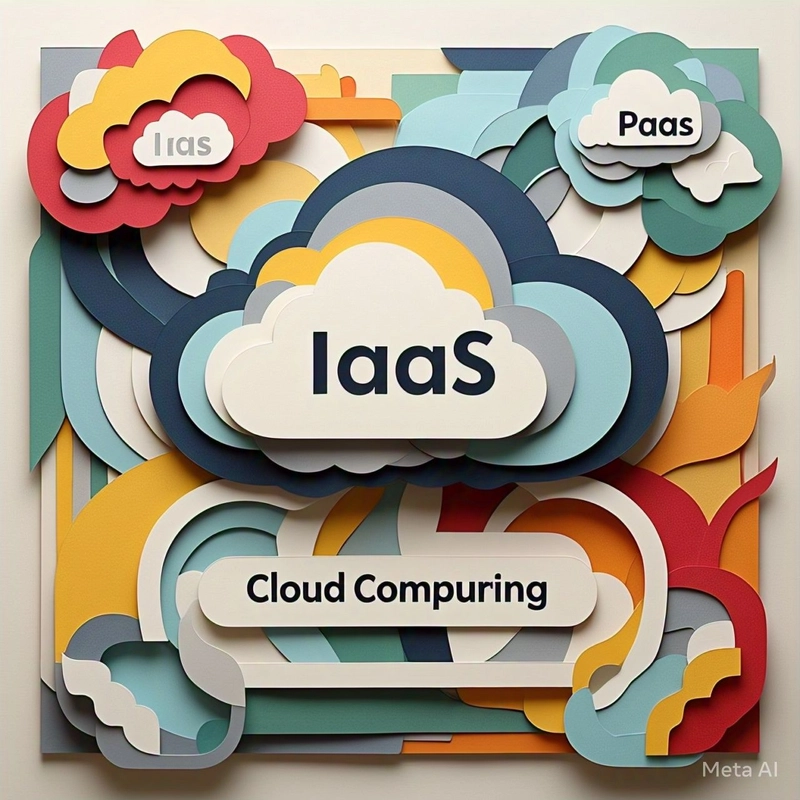
Introduction to Cloud Computing Models
Cloud computing has revolutionized how businesses and developers interact with technology, offering scalable, on-demand access to computing resources. As more companies shift from traditional infrastructure to the cloud, understanding the different service models becomes essential. In this article, we’ll explore three of the most popular cloud computing service models—IaaS, PaaS, and SaaS—and how they cater to diverse business needs.
Each of these service models offers varying levels of control and responsibility between the cloud provider and the user. Whether you're a developer looking to create custom applications, a business seeking to minimize infrastructure management, or a company in need of software solutions, these models will offer unique advantages tailored to different use cases. Let’s dive deeper into each of these cloud computing models to understand their distinctions, advantages, and best-use scenarios.
What is IaaS (Infrastructure as a Service)?
Infrastructure as a Service (IaaS) is the foundational layer of cloud computing that provides users with essential computing resources, including virtualized hardware, storage, networking, and other infrastructure components. With IaaS, businesses can build their infrastructure without having to invest in physical hardware. They can access computing resources on-demand and pay only for what they use, significantly reducing upfront costs.
The most significant advantage of IaaS is flexibility. Businesses can choose the operating systems, software, and applications they want to run, allowing for a tailored IT environment. Moreover, IaaS eliminates the need to maintain physical servers, as the cloud provider takes care of the underlying infrastructure, including hardware maintenance and scalability.
Cloud providers like Amazon Web Services (AWS), Microsoft Azure, and Google Cloud offer robust IaaS solutions that provide a range of services, such as virtual machines (VMs), storage options, and networking services. These resources are easily scalable to meet the growing demands of businesses without the need to manage physical servers.
Benefits of IaaS
IaaS offers several benefits, particularly for businesses looking for cost-effective, scalable infrastructure. Key advantages include:
- On-demand resource allocation without the need for upfront hardware investment.
- High scalability, allowing businesses to scale up or down based on demand.
- Customizability, giving users control over operating systems and software configurations.
- Reduced IT overhead as cloud providers manage hardware, networking, and storage.
What is PaaS (Platform as a Service)?
Platform as a Service (PaaS) is a cloud computing model that provides a platform and environment for developers to build, test, and deploy applications. Unlike IaaS, which provides raw infrastructure, PaaS abstracts away much of the complexity of managing the underlying infrastructure. PaaS services typically include operating systems, middleware, development tools, and database management systems.
The primary appeal of PaaS is its focus on streamlining application development. Developers can build and deploy applications without worrying about managing servers, networks, or storage. PaaS platforms offer integrated development environments (IDEs), programming languages, and tools to facilitate rapid application development and deployment.
Popular PaaS providers include Google App Engine, Microsoft Azure App Services, and Heroku. These platforms offer a variety of tools and services to enhance the development lifecycle, from building and testing to deployment and monitoring. Developers can focus on writing code and creating features, leaving the management of the infrastructure to the cloud provider.
Benefits of PaaS
PaaS brings several advantages, especially for businesses and developers who prioritize speed and ease of application development. These benefits include:
- Quick deployment of applications without worrying about managing the underlying infrastructure.
- Automatic scaling based on traffic and usage demands, with minimal configuration.
- Support for multiple programming languages, frameworks, and third-party integrations.
- Enhanced collaboration with built-in tools for version control, testing, and deployment pipelines.
What is SaaS (Software as a Service)?
Software as a Service (SaaS) is the highest level of cloud computing services. It refers to cloud-based software applications that are delivered over the internet and accessed via a web browser. With SaaS, the cloud provider manages everything—from the infrastructure to the software itself—so users don’t need to worry about installations, maintenance, or upgrades. This model is highly convenient for businesses that need ready-to-use applications without any management hassle.
Popular examples of SaaS include productivity tools like Google Workspace (Docs, Sheets, Gmail), CRM software like Salesforce, and file-sharing services like Dropbox. These applications are accessible on any device with an internet connection, making them ideal for businesses with remote or distributed teams.
The key advantage of SaaS is its ease of use and accessibility. Users don’t need to worry about IT infrastructure or software maintenance. The cloud provider handles everything, ensuring that applications are always up-to-date and secure.
Benefits of SaaS
SaaS offers several advantages for businesses looking for off-the-shelf software solutions. Some of the key benefits include:
- Instant access to software applications, often with no setup required.
- Automatic updates and maintenance performed by the cloud provider.
- Scalability, as businesses can increase or decrease their usage based on needs.
- Cost efficiency, as SaaS typically operates on a subscription model with no upfront costs.
Choosing the Right Cloud Service Model for Your Needs
When deciding which cloud service model to use—whether IaaS, PaaS, or SaaS—it’s essential to evaluate your specific business needs. Each model offers a unique combination of control, flexibility, and management responsibility. Here’s a simple guide to help you choose:
- If you need full control over your infrastructure and want to customize your environment, IaaS is the best option.
- If you're a developer looking to build applications without worrying about managing servers or operating systems, PaaS is ideal.
- If you're looking for ready-made software to perform specific business functions (like CRM or productivity tools), SaaS will suit your needs.
Conclusion
Understanding the differences between IaaS, PaaS, and SaaS is crucial in making the right decisions for your business's cloud strategy. These three models represent the evolution of cloud computing, offering varying levels of flexibility, management, and control. Whether you're looking for infrastructure, development platforms, or fully managed software, there's a cloud model that aligns with your unique requirements. As cloud technology continues to evolve, it’s important to stay informed and leverage the best services for your goals.
By choosing the right cloud service model—whether IaaS, PaaS, or SaaS—you can optimize your business operations, reduce costs, and scale efficiently in the ever-changing digital landscape.












































































































































































![[The AI Show Episode 143]: ChatGPT Revenue Surge, New AGI Timelines, Amazon’s AI Agent, Claude for Education, Model Context Protocol & LLMs Pass the Turing Test](https://www.marketingaiinstitute.com/hubfs/ep%20143%20cover.png)





























































































































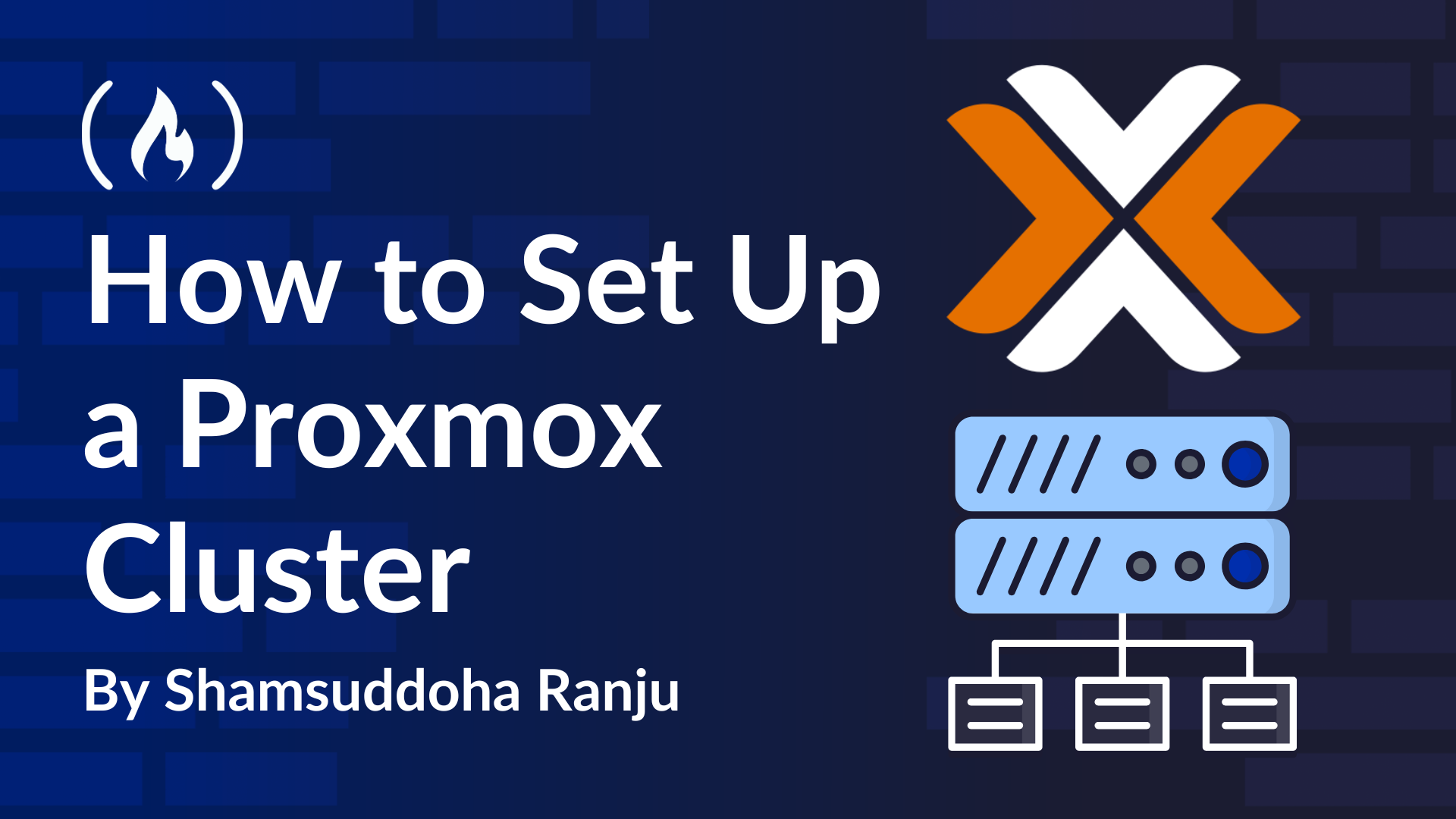











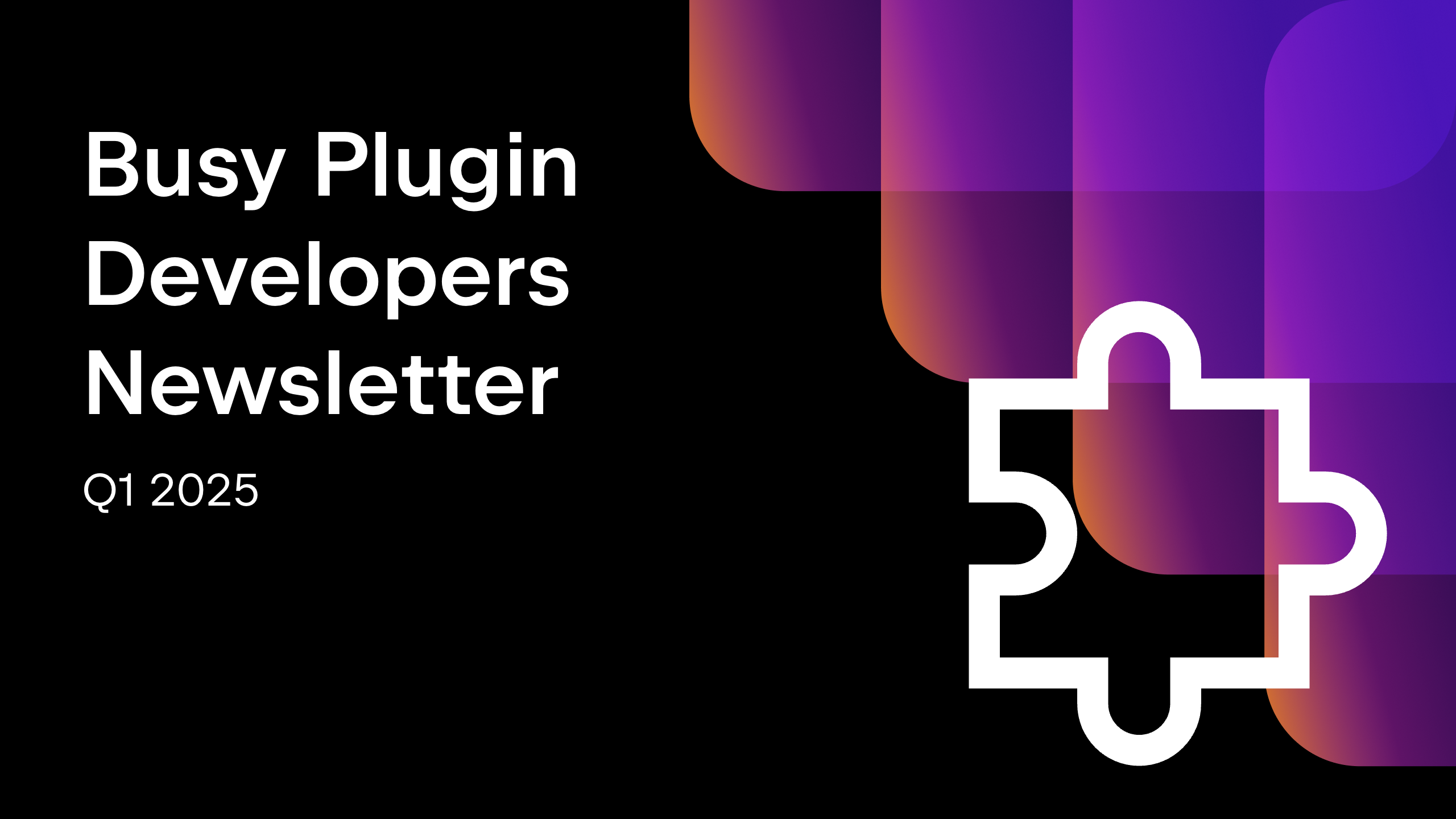
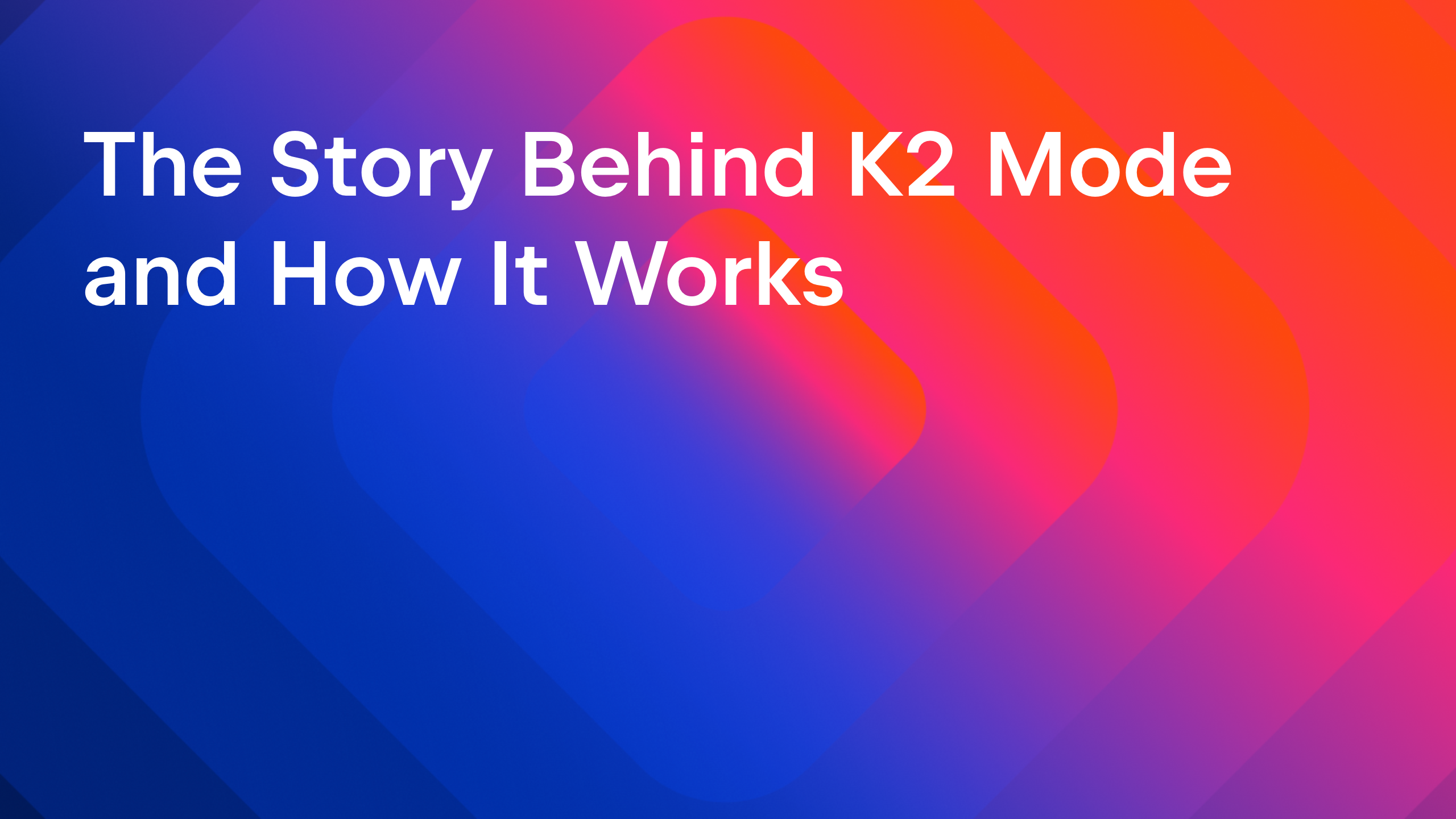








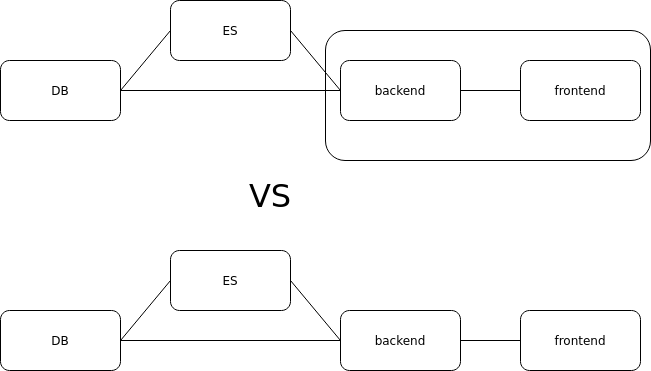















































































.png?#)



























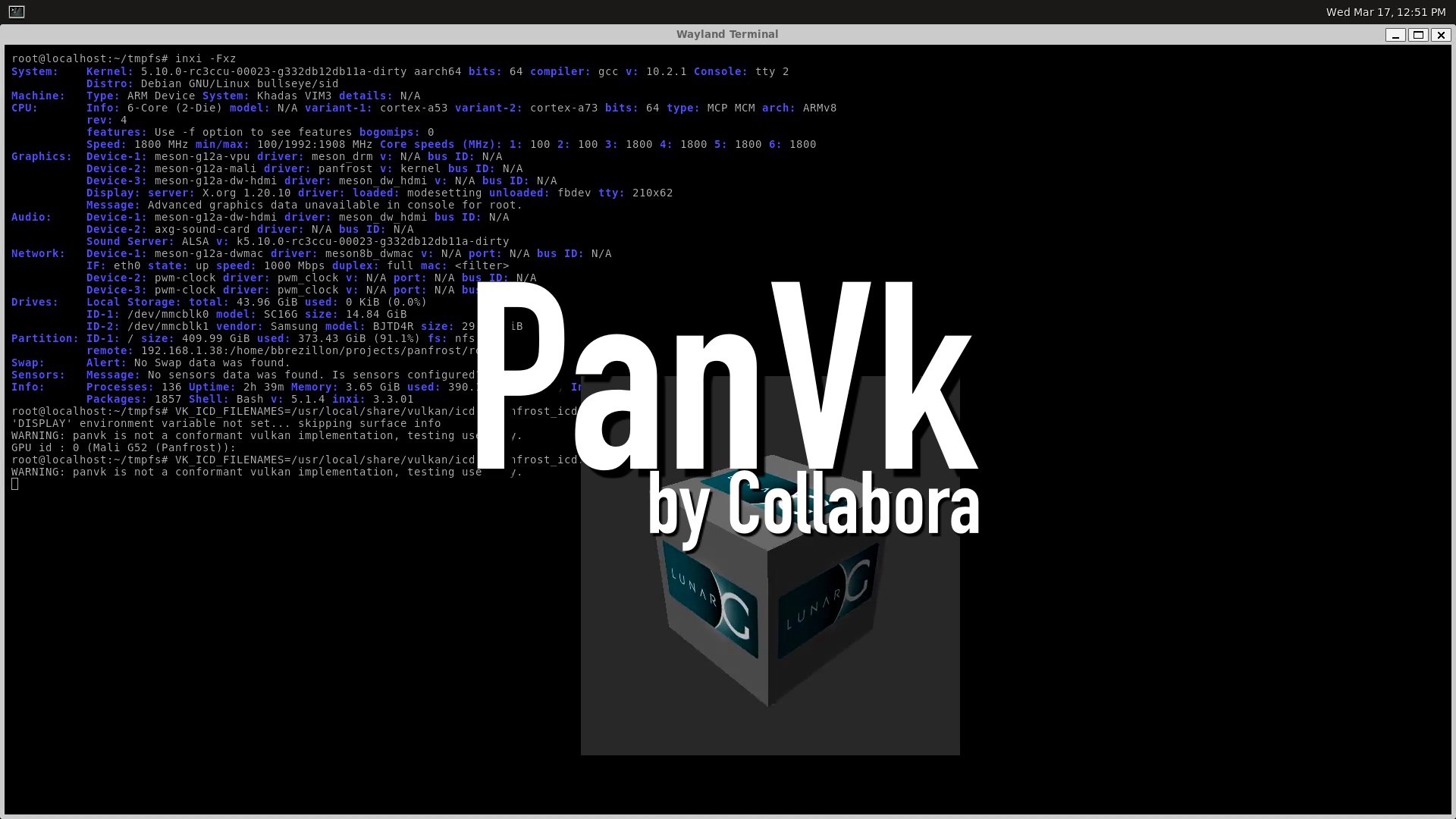










.webp?#)
.webp?#)













































































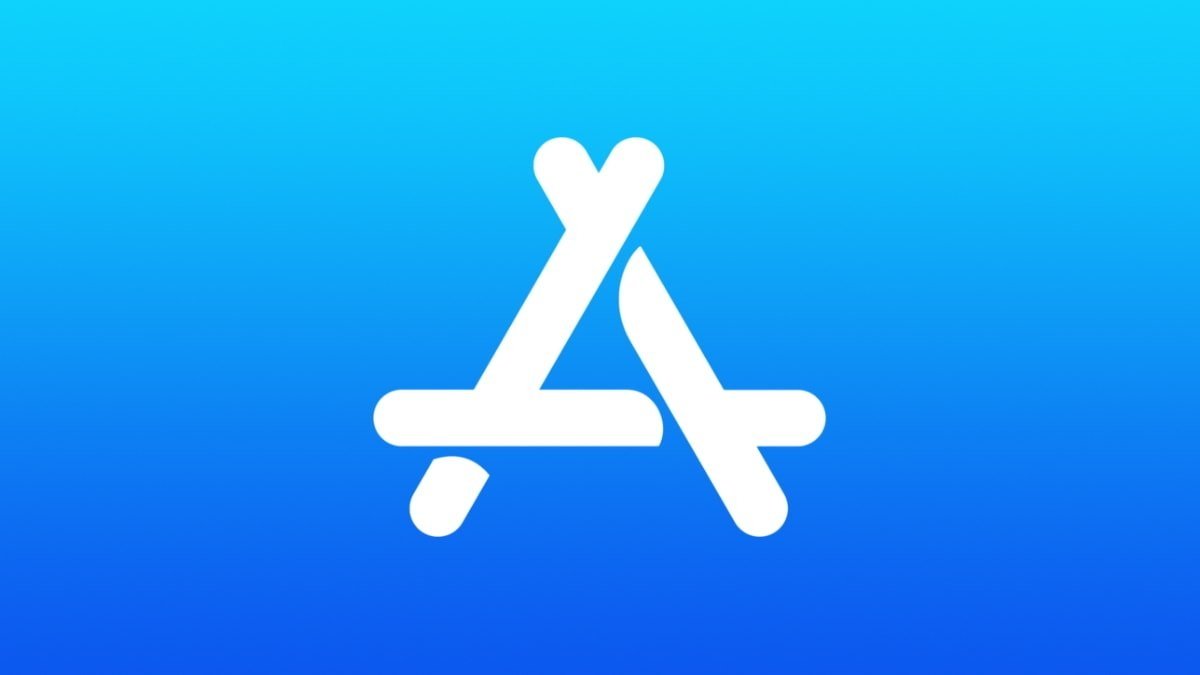













![Gemini will come to Wear OS as an app update [APK Insight]](https://i0.wp.com/9to5google.com/wp-content/uploads/sites/4/2023/01/Google-Assistant-Wear-OS-Play-Store.jpg?resize=1200%2C628&quality=82&strip=all&ssl=1)

![OnePlus 13T leak shows new design that’s perfectly balanced, as all things should be [Gallery]](https://i0.wp.com/9to5google.com/wp-content/uploads/sites/4/2025/04/oneplus-13t-1.jpg?resize=1200%2C628&quality=82&strip=all&ssl=1)











![Apple Seeds tvOS 18.5 Beta 2 to Developers [Download]](https://www.iclarified.com/images/news/97011/97011/97011-640.jpg)
![Apple Releases macOS Sequoia 15.5 Beta 2 to Developers [Download]](https://www.iclarified.com/images/news/97014/97014/97014-640.jpg)

![Apple Releases iOS 18.5 Beta 2 and iPadOS 18.5 Beta 2 [Download]](https://www.iclarified.com/images/news/97007/97007/97007-640.jpg)

